Panel Frets Over State’s Outreach on Census
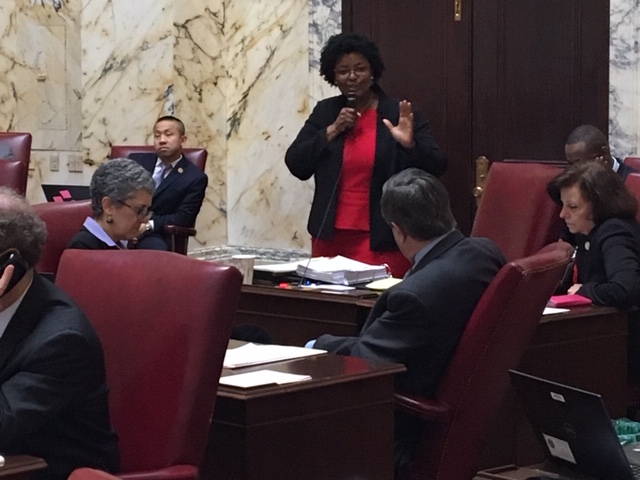
Maryland has the data, and the numbers-crunchers, to maximize the state’s count during the U.S. Census next year.
“We are one of the leading states in terms of getting ready for the Census,” Alfred Sundara, manager of the Maryland State Data Center, told members of the 2020 Maryland Complete Count Committee on Tuesday.
But is the state doing enough to spread the word about the Census and ensuring that every last Maryland family participates in next spring’s count? That’s a trickier question.
During its past two meetings, members of the committee, who were appointed by Gov. Lawrence J. Hogan Jr. (R) with an assist from legislative leaders, have pressed state Planning Secretary Rob McCord about the state’s plans for publicizing the Census, which is taking place on April 1.
Making sure that every Marylander is counted is critical to the state; funding for myriad federal programs that flows to states and local jurisdictions is largely determined by the decennial population count. Census numbers also help shape political boundaries that last for a decade.
In a digital age that still leaves some communities behind technologically, in a heated political environment that has shown the Trump administration to be hostile to immigrant populations, achieving a full count becomes a challenge. State and local outreach becomes critical – and time is short.
Already the state has made hundreds of thousands of dollars in grants to local governments and nonprofit groups to spread the word about the Census. But the Planning Department has an additional $900,000 to spend on communications and outreach efforts, and members of the Complete Count Committee (CCC) are worried that the agency hasn’t devised a plan for how to allocate the funding and what to use the money for – especially when it comes to touching populations that may be harder to reach.
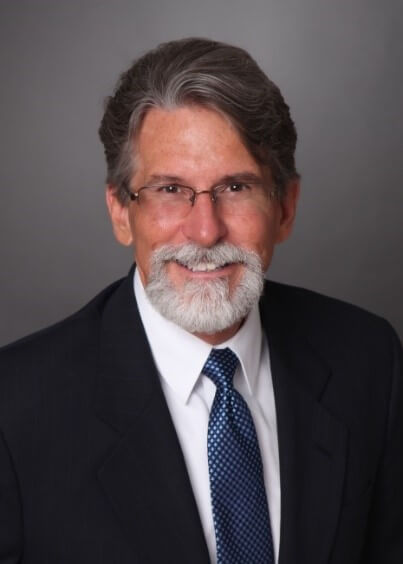
Maryland Planning Secretary Robert McCord
“We want to make sure that there’s accountability and that these things are really happening,” said Walkiria Pool, president and founder of Centro de Apoyo Familiar, a faith-based economic empowerment nonprofit in Riverdale, and co-chairwoman of the CCC.
Some committee members have been skeptical of McCord’s earlier suggestion that a significant chunk of the state’s money be sent to the Maryland Association of Counties and the Maryland Municipal League for Census outreach; MACo officials have in fact told the state they don’t want it and would prefer grants be made directly to local governments or relevant community groups. Several of the state’s largest jurisdictions have launched “Complete Count” efforts of their own.
The top indicators for places that tend to be undercounted during the Census: low-income communities, communities with a lot of renters, communities with a lot of female-headed households, and communities where people have only recently moved in.
Keisha Morris, a program associate with Common Cause, the government watchdog, told the committee Tuesday that the state ought to be more strategic about sending grants to organizations that are close to the populations that need to be reached.
“We know that trusted voices are the ones who can get people to fill out their Census forms,” she said.
McCord has promised the committee a written plan for spending the outreach funding by its next meeting on Oct. 8.
“We want to develop a statewide model of targeting,” state Sen. Mary L. Washington (D-Baltimore City), a member of the CCC advised.
Officials also said that every state agency has a Census liaison, and that the agencies are collaborating on an outreach strategy for “outward-facing” state employees to spread the word about the Census.
Committee members Tuesday were more enthusiastic about the state’s technological capabilities when it comes to assessing and massaging data from the Census bureau. Already, state planning officials said, they have refined 130,000 Maryland addresses that were in the Census database, making it more likely that those households will be counted.
McCord sought to reassure CCC members who seemed alarmed that so many addresses could be off.
“It’s not like the information came out of nowhere,” he said. “It’s just making it more accurate than it had been…It’s a clean-up job of tremendous proportions.”
The official Maryland population count after the 2010 U.S. Census was 5,773,552. Based on annual Census Bureau estimates culled from birth and death records, tax returns, and visas, the Maryland population is now approximately 6,040,000. So the goal of a full count is finding close to 6.1 million Marylanders next spring.
“We’re getting there,” Washington said.

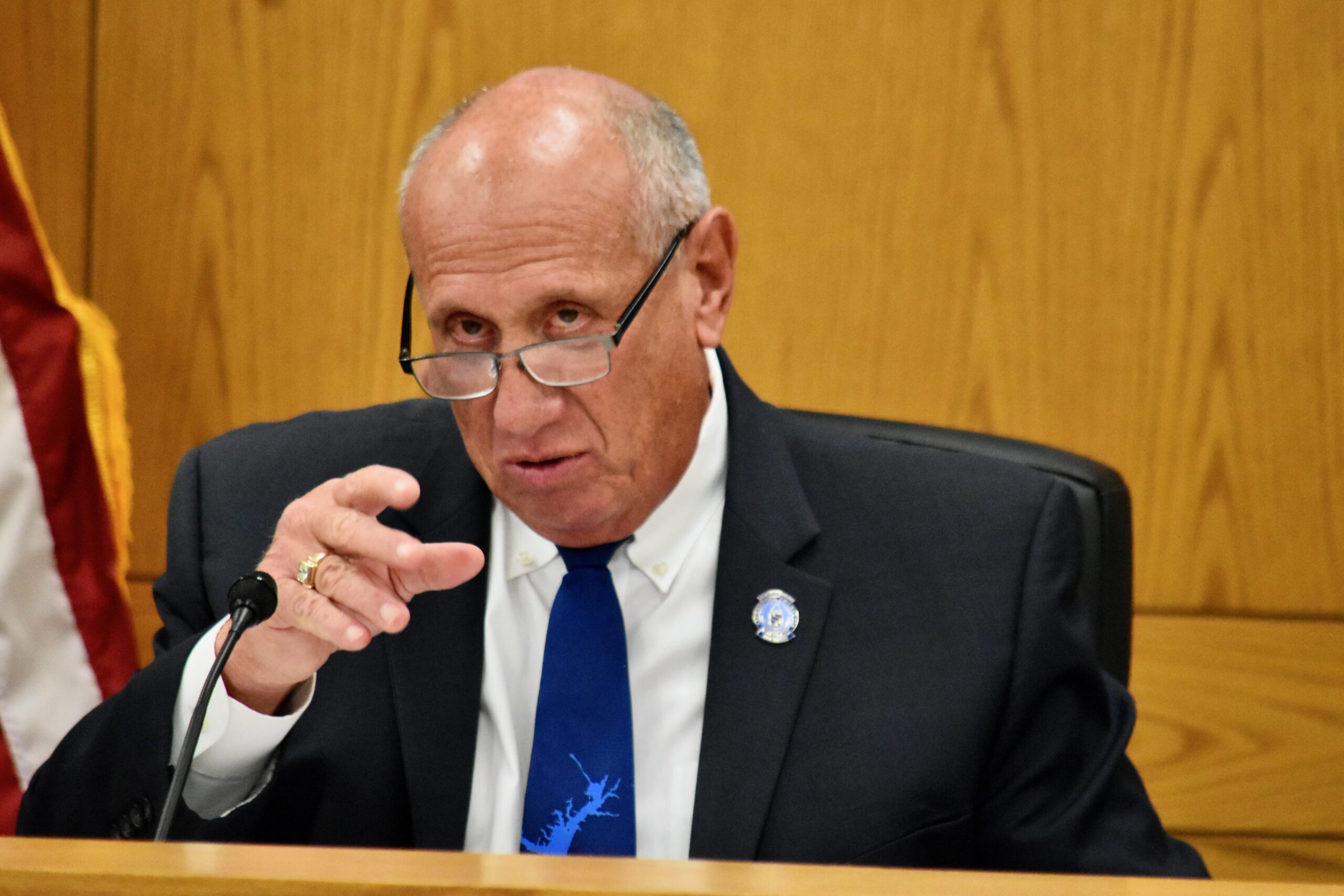
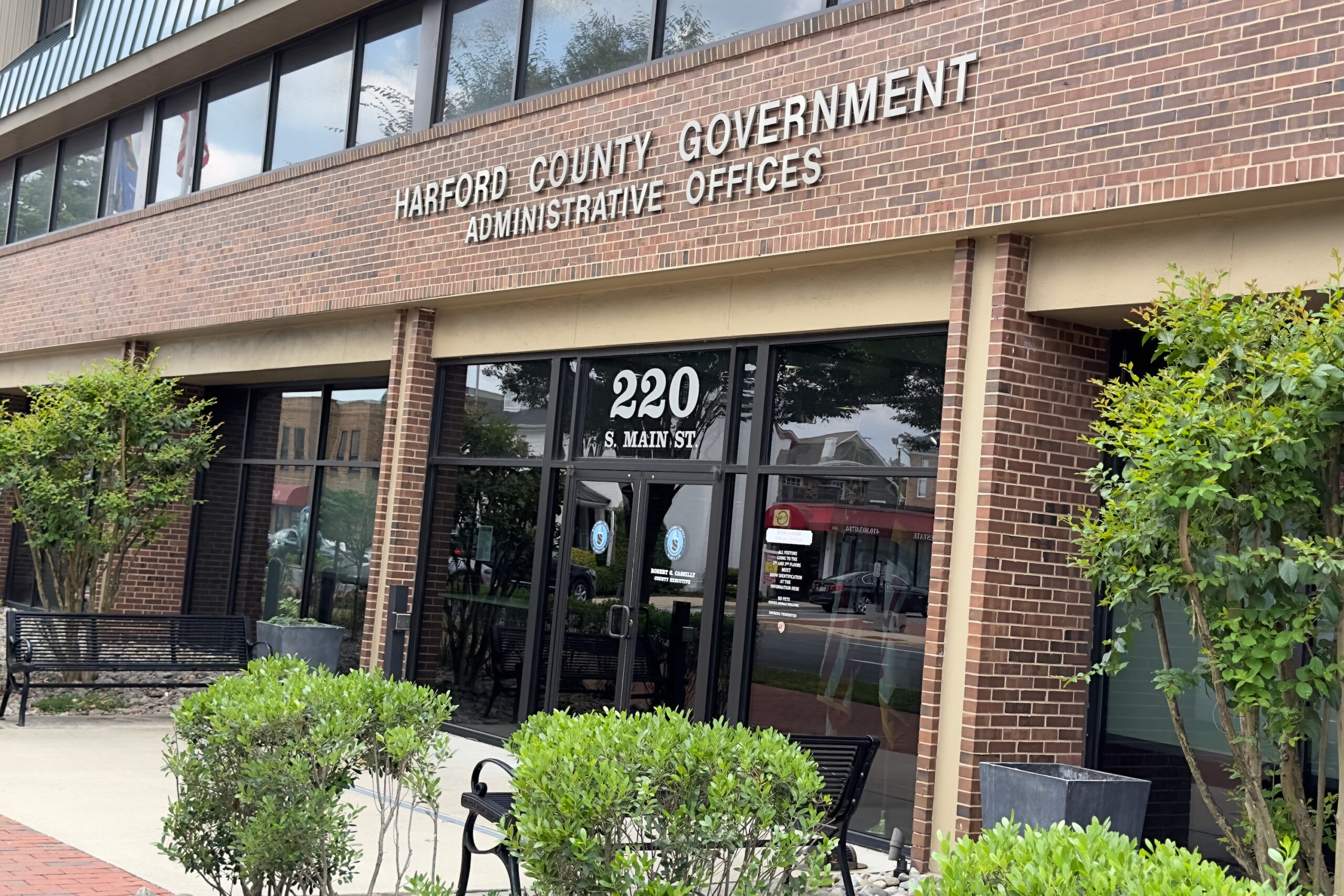
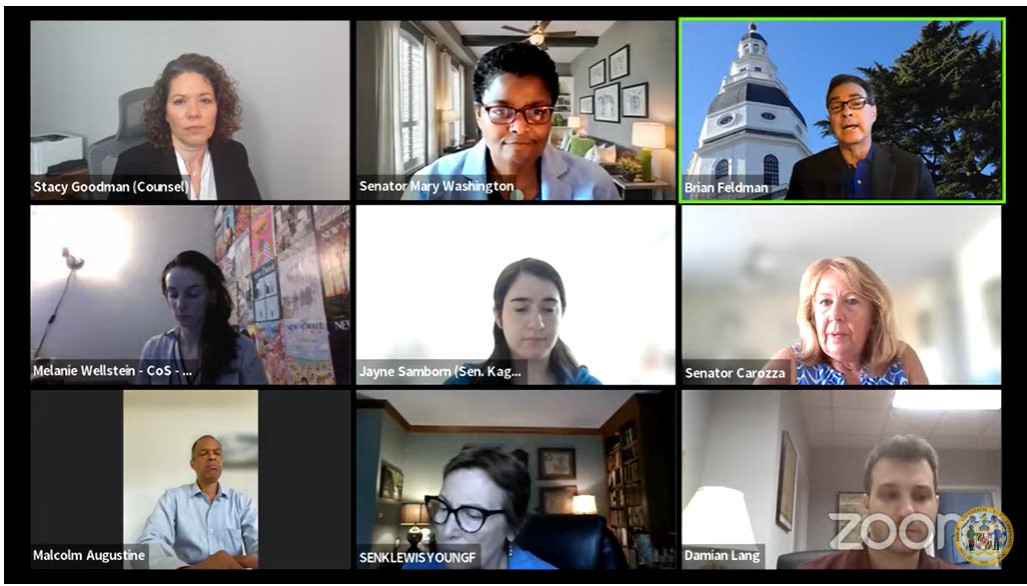
 Creative Commons Attribution
Creative Commons Attribution